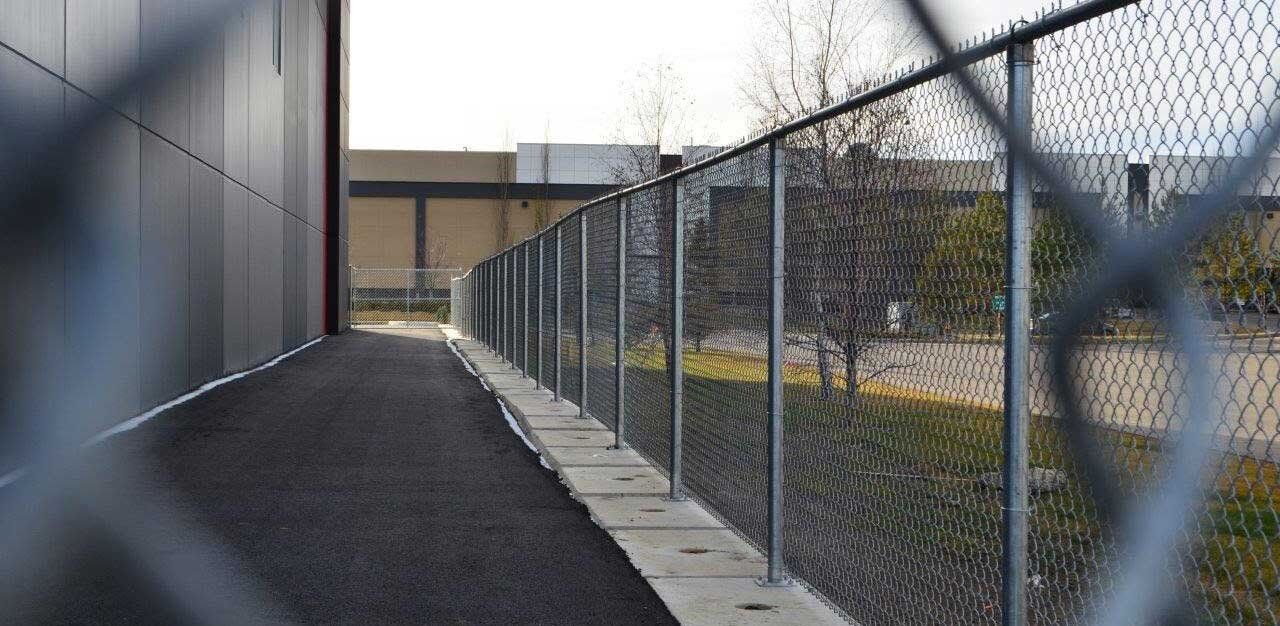
3 minute read
Chain Link Fences: A Sustainable Choice for a Changing World
Though they are frequently considered a practical option, chain link fences provide more benefits than just cost and security. Chain link fences can be an amazingly environmentally friendly choice in a world when sustainability is becoming more and more important. This is the reason why:
1. Durability and Longevity:
Chain link fences have a longer lifespan due to its great resistance to rust and corrosion, especially when made of aluminium or galvanised steel. As a result, there is less need for replacements and the environmental damage that comes with producing new fences.
Chain link fences require less maintenance than wooden fences, which are more environmentally sustainable because they don't require chemical treatments or frequent maintenance to prevent rot and decay.
2. Recyclability:
Because chain link fences' main components, steel and aluminium, are highly recyclable, old fences can be turned into new goods. As a result, less garbage ends up in landfills and fewer virgin resources need to be extracted.
Furthermore, a lot of manufacturers reduce their environmental impact by providing chain link fence options using recycled content.
3. Minimal Maintenance:
Chain link fences just require periodic cleaning and tension adjustments, as opposed to other fence materials like wood or vinyl, which need regular washing, painting, or staining. By doing this, less water, cleaning agents, and other resources needed for fence upkeep are used.
4. Low Embodied Energy:
Chain link fences have a lower embodied energy because they need less energy to manufacture than other types of fencing materials. This results in a more sustainable option because fewer greenhouse gas emissions are emitted during manufacture.
5. Space Optimization:
Because of their open mesh construction, chain link fences minimise the need for artificial lighting and ventilation in confined spaces by allowing light and air to pass through. Lower carbon emissions and more energy efficiency may result from this.
6. Adaptability and Reuse:
By adding elements like barbed wire, privacy slats, or climbing plants, chain link fences can be readily customised to meet a variety of demands. This lessens the impact on the environment even more by enabling the reuse of current fences rather than their replacement.
7. Supporting Local Ecosystems:
Chain link fences' open mesh design permits animals to pass freely within the enclosed area, reducing habitat fragmentation and fostering biodiversity. Planting native plants around the fence can also give pollinators and other animals a place to live and food.
In summary, chain link fences provide an environmentally responsible and long-lasting option for a range of fencing requirements. They're an eco-friendly option because of their resilience, recyclability, low maintenance needs, low embodied energy, and ability to help local ecosystems.
Here are some of the popular uses of chain link fences:
Residential: Backyards, swimming pools, tennis courts, dog runs, gardens
Commercial: Businesses, schools, parking lots, construction sites, storage facilities
Government: Military bases, airports, prisons, public parks
Sports fields: Baseball diamonds, football fields, soccer fields
Animal enclosures: Kennels, zoos, dog parks
A durable and adaptable solution for a range of fencing requirements are chain link fences. They are an ethical option for the well-being of people and the environment because of their affordability, robustness, low embodied energy, ease of maintenance, and adaptability. Because of their open mesh design, which promotes airflow, light, and wildlife mobility, the landscape is more connected and sustainable. Chain link fences are a useful and environmentally friendly solution for any situation when you need to safeguard your property, keep pets inside, or establish a defined area.










